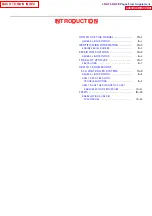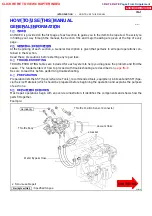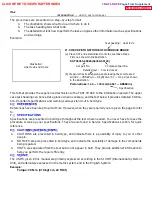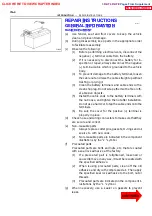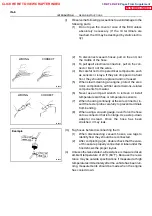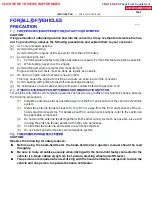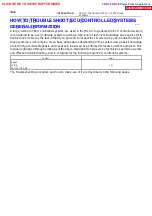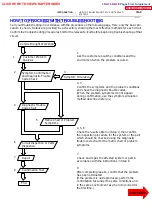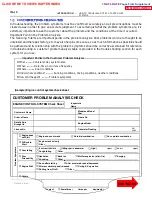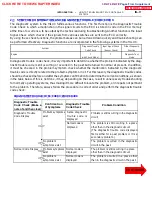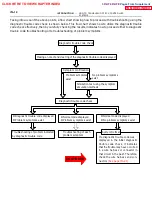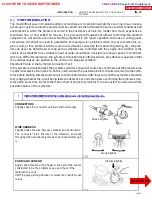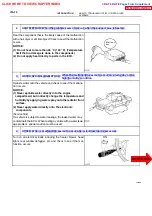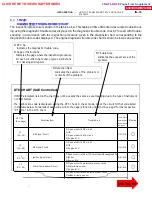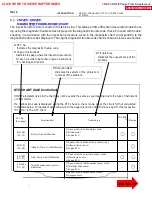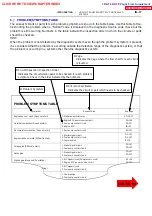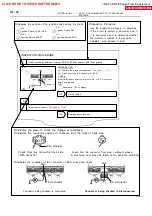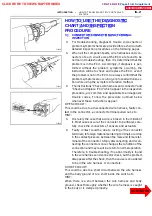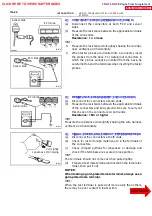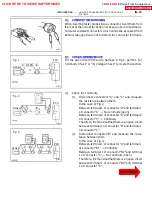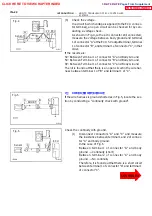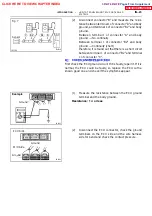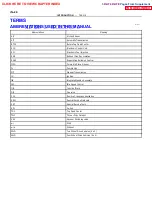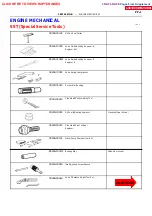
V07268
V I BRAT I O N M E T HO D: W h en vi b rat i o n seems t o b e t h e maj o r cau se.
CONNECTORS
WIRE HARNESS
PARTS AND SENSOR
1
Slightly shake the connector vertically and horizontally.
Slightly shake the wire harness vertically and horizontally.
The connector joint, fulcrum of the vibration, and body
through portion are the major areas to be checked thorough-
ly.
Apply slight vibration with a finger to the part of the sensor
considered to be the problem cause and check if the
malfunction occurs.
Shake Slightly
Swing Slightly
Vibrate Slightly
HINT: Applying strong vibration to relays may result in open
relays.
--
INTRODUCTION
HOW TO TROUBLESHOOT ECU CONTROLLED
SYSTEMS
IN--13
3. SYMPTOM SIMULATION
The most difficult case in troubleshooting is when there are no problem symptoms occurring. In such cases,
a thorough customer problem analysis must be carried out, then simulate the same or similar conditions and
environment in which the problem occurred in the customer’s vehicle. No matter how much experience a
technician has, or how skilled he may be, if he proceeds to troubleshoot without confirming the problem
symptoms he will tend to overlook something important in the repair operation and make a wrong guess
somewhere, which will only lead to a standstill. For example, for a problem which only occurs when the en-
gine is cold, or for a problem which occurs due to vibration caused by the road during driving, etc., the prob-
lem can never be determined so long as the symptoms are confirmed with the engine hot condition or the
vehicle at a standstill. Since vibration, heat or water penetration (moisture) are likely causes for problems
which are difficult to reproduce, the symptom simulation tests introduced here are effective measures in that
the external causes are applied to the vehicle in a stopped condition.
Important Points in the Symptom Simulation Test:
In the symptom simulation test, the problem symptoms should of course be confirmed, but the problem area
or parts must also be found out. To do this, narrow down the possible problem circuits according to the symp-
toms before starting this test and connect a tester beforehand. After that, carry out the symptom simulation
test, judging whether the circuit being tested is defective or normal and also confirming the problem symp-
toms at the same time. Refer to the matrix chart of problem symptoms for each system to narrow down the
possible causes of the symptom.
CLICK HERE TO VIEW CHAPTER INDEX
Pages From Supplement
3RZ-F,3RZ-FE

